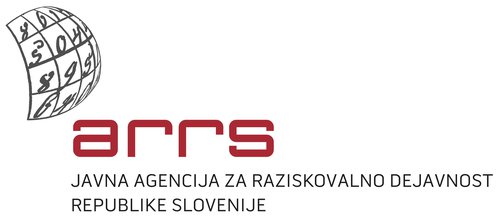Photoemission Tomography of Excited Molecular States
Photoemission Tomography of Excited Molecular States
PROJECT’S OBJECTIVES
The goal of the project is to develop a new time-resolved spectroscopic technique for studying excited molecular states and apply it to the case study of exciton dynamics in organic semiconductors.
The proposal will take advantage of three recent technological developments:
1) the photoemission angular distribution pattern (PAD) of molecular orbitals measured using angle-resolved (ultraviolet) photoemission spectroscopy (ARPES) can be understood by approximating the final state with a plane wave, an approach termed photoemission tomography (PT);
2) recent developments in ultrafast laser sources with photon energies ranging from the extreme-ultraviolet (XUV) to the soft X-ray region offer a coherent, tunable and pulsed photon source, allowing the possibility for photoemission with femtosecond temporal resolution;
3) the development of novel photoemission detectors, such as the angle-resolved time-of-flight (ARTOF) electron energy analyser, which are able to combine ultrahigh electron transmission and a wide angular range in one setup.
By exploiting the above innovations, the present joint Austrian-Slovenian project aims at: 1) developing a new time-resolved experimental technique based on PT for studying excited molecular states; and 2) applying this technique to the study of diffusion and decay processes of excitons in organic semiconductors. Such excitons are bound states of electron – hole pairs that are created upon absorption of light by conjugated organic molecules or polymers. Excitonic states are naturally very important for organic electro-optical applications and it is the generation and dynamics of such excitons that governs the efficiency and performance of organic photovoltaic (OPV) cells.
The studies will be performed on transition metal coordination complexes, such as porphyrines or phthalocyanines. These systems are ubiquitous in nature and present an enormous variety of properties, which make them attractive for applications in several fields, ranging from organic photovoltaics to gas sensing and spintronics. These families of organic complexes have triggered scientific interest due to their distinctive properties, which include absorption and transmission of visible light (for this reason they appear highly coloured), multiple oxidation states of the metal atoms, and reactivity.
Excitonic states in these complexes will be studied using a pump-probe setup in the two-colour configuration. By measuring the full photoelectron angular distribution pattern of excited states, we will image their momentum space distributions. First, applying the PT approach will yield their orbital character, in analogy to previous work, where we could correlate molecular charge transfer states induced by alkali metal doping with filled LUMO and LUMO+1 states. Second, based on this, we aim to follow the dynamics of the observed states by exploiting the femtosecond temporal resolution of our high-harmonic generation (HHG) laser setup.
Tackling this challenging project will require combining the expertise in growth and ARPES electronic structure investigations of thin films and interfaces of conjugated organic molecules of the surface science group at the Graz University (KFU), and the expertise in ultra-fast laser sources and pump-probe spectroscopies of the Laboratory of quantum optics at the University of Nova Gorica (UNG).
PROJECT’S TEAM
prof. dr. Giovanni De Ninno (UNG)
prof. dr. Barbara Ressel (UNG)
prof. dr. Georg Koller (UniGraz)
FINANCING
The project was funded by the “Javna agencija za raziskovalno dejavnost Republike Slovenije”.

